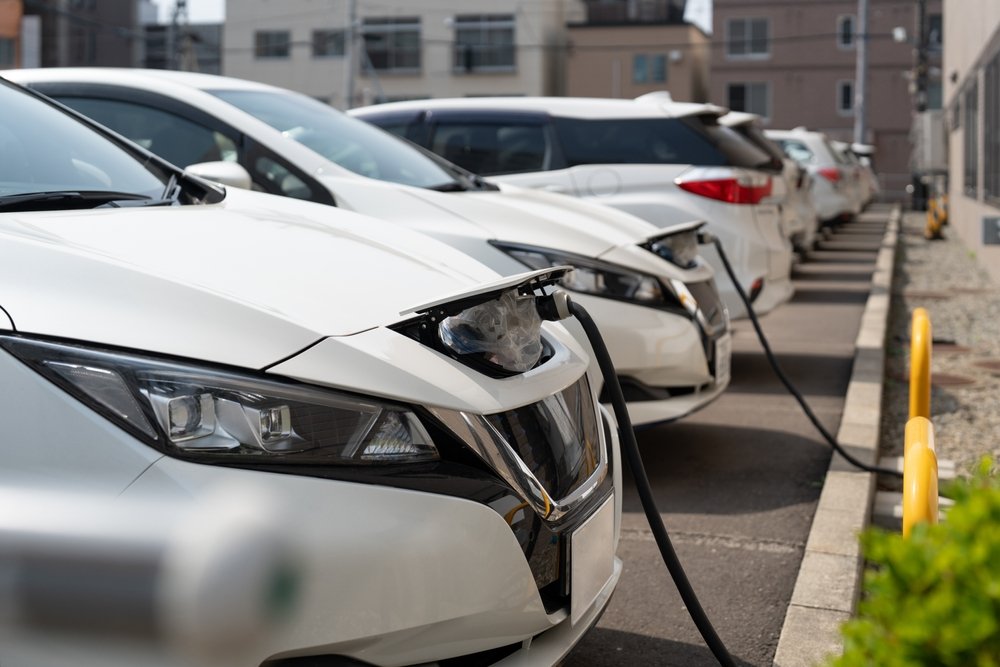The future of the European automotive industry depends crucially on Brussels. The original goal was to ban new registrations of combustion engines from 2035 onwards. Purely electric cars were supposed to dominate the roadscape. However, the EU Commission is now signaling that it will revisit this course earlier than planned and wants to use new measurement methods to better determine the CO₂ footprint of electric cars. This creates the opportunity to offer manufacturers a solution that protects their competitiveness without Brussels openly admitting that the combustion engine ban was a mistake. The key question here is the actual environmental friendliness of the vehicles.
Dispute over measurement methods and environmental friendliness
So far, only CO₂ emissions from the exhaust have been counted. Experts refer to this as “tailpipe emissions.” This method only evaluates what is produced directly during driving. Critics consider this approach too superficial, as both battery production and the electricity mix generate significant amounts of CO₂. Matthias Zink, President of the automotive supplier association CLEPA, emphasizes: “The energy source is the source of CO₂, not the drive technology.” This shifts the entire CO₂ balance into the focus of the debate.

A rethink also suits the EPP parties, which are close to Commission President Ursula von der Leyen. They are focusing on a life-cycle approach: from raw material extraction to use and disposal. This would give traditional engines a second chance, as their environmental performance would be assessed more comprehensively.
Political tactics instead of course correction
The EU is navigating a delicate balancing act. On the one hand, the climate policy must remain credible, while on the other, fears of an industrial crisis are growing. Therefore, the push to re-examine the rules seems like a tactical maneuver: Brussels is opening back doors for combustion engines without officially abandoning the combustion engine ban. Terms like “technology openness” or “new measurement methods” indicate that this is not about deviating from targets, but rather about a possible solution to save the European automotive industry.
Manufacturers between hope and pressure
BMW is working on a hydrogen-powered production model for 2028. Porsche is investing in e-fuels in South America. Volkswagen is continuing to focus on plug-in hybrids. These projects demonstrate that large corporations are developing alternatives to avoid relying solely on electric cars.
Suppliers like Mahle, however, warn: Two-thirds of the group’s 30,000 jobs depend on combustion engines. CEO Arnd Franz makes it clear: “E-mobility is a given, including for Mahle. But Europe must decide whether it wants to retain one of its core technologies or cede it to other markets.” Without flexibility, there is a risk of losing key competencies to Asia or the USA – a risk for the entire automotive industry.
Market Uncertainty
Not everyone welcomes the change of course. Industry expert Thomas Weber warns: “Revising decisions already made would create new uncertainty in the market.” Companies need reliable guardrails to safeguard billions in investments.
Electric mobility service providers, on the other hand, are pushing for consistent action. Jeroen van Tilburg, head of the Ionity fast-charging network, states: “Adhering to the 2035 expiration of combustion engine approval is crucial if Europe wants to achieve its climate goals and secure its industrial competitiveness.” For him, one thing is clear: the cleaner the electricity mix, the better the CO₂ balance of electric cars.
Comparison of figures reveals contradictions
BMW does the math: The gasoline-powered 520i emits 45.7 tons of CO₂ after 200,000 kilometers. The electric i5 emits 29.1 tons. While the electric car shows significantly better figures, its balance is far from zero. The EU’s zero-emissions classification therefore appears increasingly questionable. The actual environmental friendliness of electric cars also remains controversial.
Role of Alternative Fuels
E-fuels are seen as a potential bridge. But environmental organizations counter: Synthetic fuels are more commonly needed in aircraft, ships, and heavy industry. Biomass is also considered scarce and largely exhausted.
Supplier associations such as CLEPA point to studies that paint a different picture with sufficient investment. According to these studies, road transport could be largely climate-neutral by 2050 using renewable fuels – provided policymakers create a reliable framework. Here, too, the automotive industry is under pressure to develop sustainable solutions.
The EU is wrestling with a dilemma: Officially, the ban on combustion engines remains in place, but in practice, new leeway is emerging. This course seems like an attempt to protect the automotive industry from collapse without admitting that the original plans have failed. The focus is on the environmental friendliness of electric cars – and the realization that there are no simple answers in this debate.
